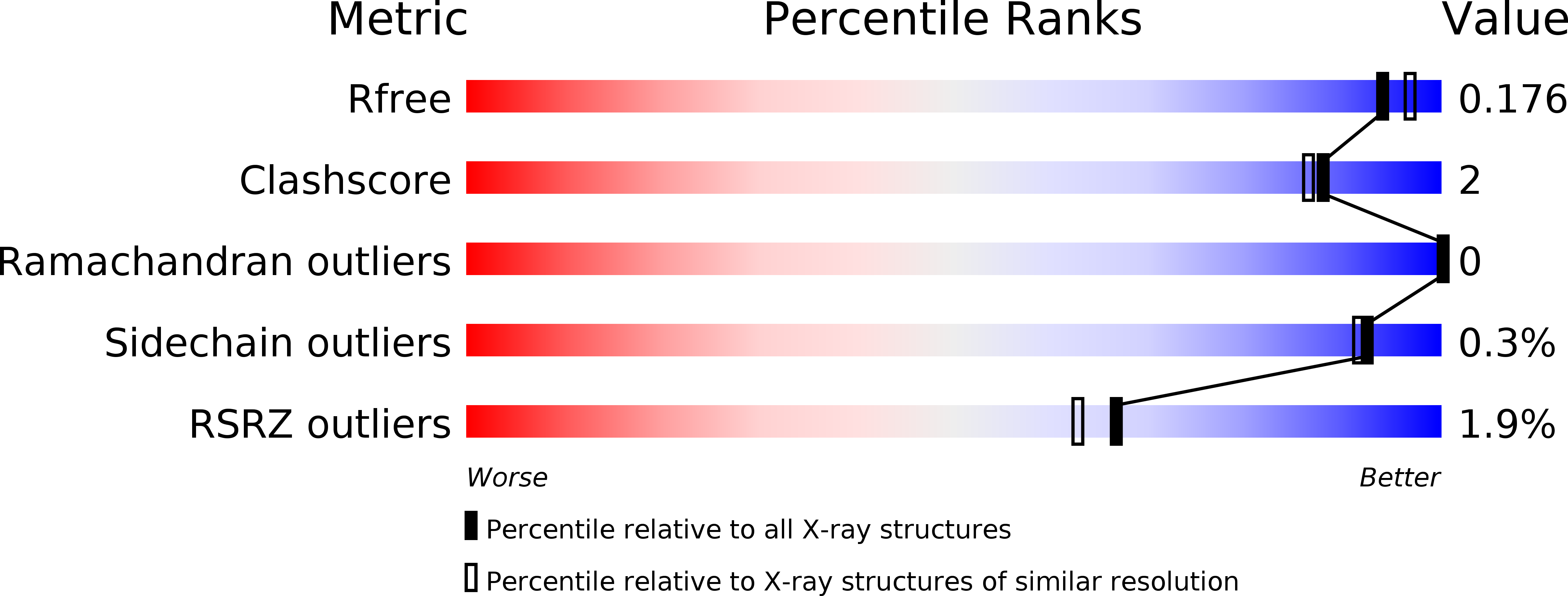
Deposition Date
2017-05-04
Release Date
2017-05-17
Last Version Date
2024-07-17
Entry Detail
PDB ID:
5VP5
Keywords:
Title:
Crystal structure of a 3-oxoacyl-acyl-carrier protein reductase FabG4 from Mycobacterium smegmatis bound to NAD
Biological Source:
Source Organism:
Mycobacterium smegmatis (Taxon ID: 246196)
Host Organism:
Method Details:
Experimental Method:
Resolution:
1.80 Å
R-Value Free:
0.17
R-Value Work:
0.13
R-Value Observed:
0.13
Space Group:
C 1 2 1


